The Means of Production
Top 10 Best Video Game Factories of All Time!
This list looks at gaming’s greatest factories. Factories rose to prominence during the Industrial Revolution and they’re an important part of modern economic production. Video games tend to paint factories as hostile environments, however, and most of them could be described as elaborate death traps. We’re using a broad definition of factory for the purpose of this countdown, and we’ll be looking at processing plants, foundries, and any other industrial facility where products are made. Depending on the situation, a factory can be a complex consisting of several buildings or a single room that functions like a glorified workshop. In either regard, you can expect to see lots of heavy equipment, plenty of conveyor belts, and a surprising number of chains hanging from the ceiling.
Examples: Wonka Industries, Geonosian Droid Factory, Slurm Factory
10
The Factory
Super Mario RPG
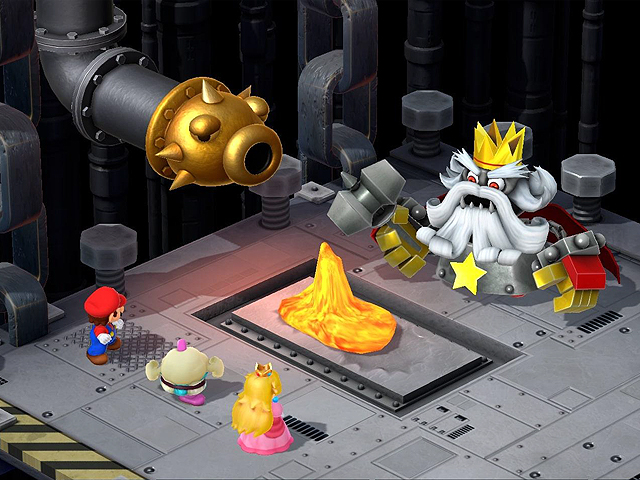
Smithy is a mechanical monster from another world and the main antagonist in Super Mario RPG. His long white beard makes him look like Santa Claus, but he has no interest in making toys for children. As a matter of fact, he wants to rid the world of wishes and fill the globe with anthropomorphic weapons. To that end, he hangs around in his dreadful Factory and uses his massive sledgehammer to craft his minions one by one. The area surrounding the Factory is filled with dark smog, half-broken machines, and an inordinate number of conveyor belts, but Smithy is too busy with his creations to realize how depressing the place is. While Smithy is lost in his work, the Factory is patrolled by the Smithy Gang. This scenario doesn’t seem especially unusual, since most of the factories on this list are security forces. The members of the Smithy Gang were all made in the Factory, however, so they’re effectively defending their home. I’d almost feel sorry for them if they weren’t trying to kill everyone. The Factory is one of the smallest and most straightforward locations in Super Mario RPG, but it’s also the primary source of misery and anguish.
9
Heisenberg’s Factory
Resident Evil: Village
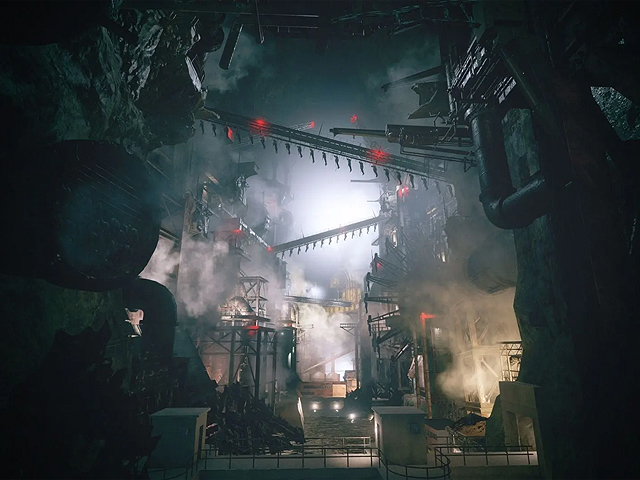
Heisenberg’s Factory is a massive 19th-century complex that was built on the outskirts of a small European village. The factory was likely used as part of a coal mining operation, but it was later repurposed as a weapons research facility. A mutant named Karl Heisenberg runs the factory with a team of assistants, and most of the operations take place beneath the surface. Heisenberg and his team conduct a litany of experiments on the recently deceased, and they find a way to resurrect them with parasites. The dude’s obviously a genius, but he has no respect for ethical boundaries. After turning the dead into cybernetic zombies, he gives them various jobs. I wouldn’t be very happy if I was resurrected from the dead and forced to go to work again. To his credit, Heisenberg’s mechanical augmentations are fairly creative, and he takes great care in assessing any flaws in his designs. While I don’t approve of his plan to create an undead army, I’d run for the hills if I saw a zombie with drill arms. Heisenberg’s Factory is filled with turbines, generators, and cargo elevators, but its most interesting feature is its casting machine. If you can track down the right molds, you’ll be able to cast a number of useful (and not so useful) items. Most of the facilities on this list are elaborate death traps, but Heisenberg’s Factory actually gives you an opportunity to make something.
8
Shiver Star – Stage 4
Kirby 64: The Crystal Shards
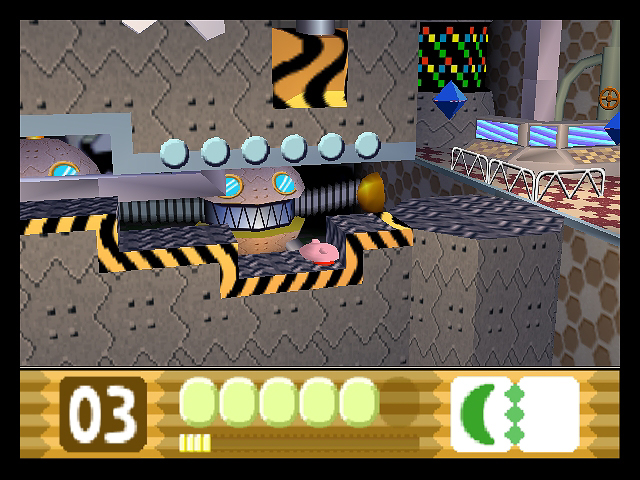
Shiver Star is a winter wonderland that was abandoned by its inhabitants for undisclosed reasons. The buildings are still in tact, however, and they’re crawling with monsters and other hazards. Stage 4 is especially dangerous, as it’s filled with floating spikes, spinning sawblades, and artificial life forms. There are robots that will try to crush Kirby with hammers, and others that will act like walking walls of fire. The factory would be dangerous even if no one else was in it. Kirby will have to travel through a lava-filled foundry, and there’s an extended section where the ceiling repeatedly drops down like a pneumatic garbage compactor. There are also tons of conveyor belts that don’t lead to anywhere in particular. I have no idea what sort of things were made in the factory, but the robotic workers seemed determined to churn out a Kirby sandwich. The level would have been well-suited for Kirby: Planet Robobot, but it was delightfully out of place in Kirby 64. “Out of left field” design choices are always a risk, but the factory is one of my favorite stages in Kirby 64. It also has one of the best music tracks in the entire game, and I love how it sounds upbeat and optimistic despite its industrialized undertones.
7
Magitek Research Facility
Final Fantasy VI
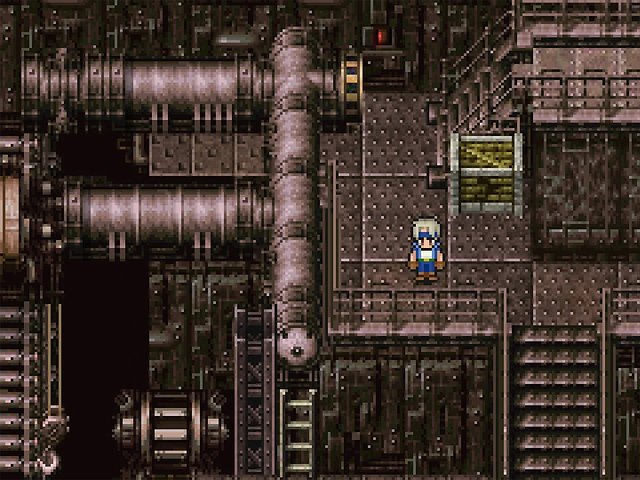
Located within the Imperial capital of Vector, the Magitek Research Facility is used to conduct unethical experiments on magical beings from another realm. The Empire hopes to extract energy from these espers and turn it into a powerful substance known as Magitek. Although Magitek has all sorts of practical applications, the Empire is mainly interested in using it to create powerful weapons. This is precisely why an insurgent group called the Returners takes it upon themselves to infiltrate the factory and shut the operation down. This is easier said than done, however, as the facility is difficult to navigate. The heroes will have to use cranes, lifts, conveyor belts, and garbage chutes in order to reach their objective, and the only way they’re able to escape is by taking an impromptu ride on a minecart. Factories can be pretty grim environments at the best of times, but this is especially true in the case of the Magitek Research Facility. The espers are treated horribly and subjected to torture, and it’s appalling to think that the facility had been in operation for 16 years. On the plus side, you can find a lot of hidden treasure and cool weapons during your visit.
6
Mean Bean-Steaming Machine
Dr. Robotnik’s Mean Bean Machine
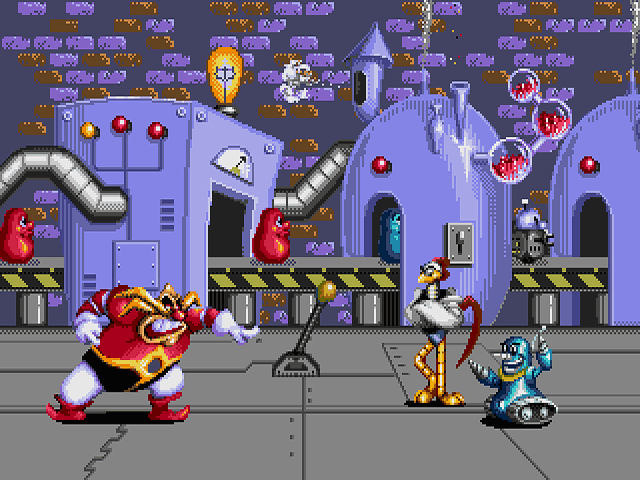
Seemingly every Sonic game features a stage that’s set within a huge factory. Although many of these levels are exhilarating, I feel compelled to put a spotlight on Dr. Robotnik’s Mean Bean Machine since its entire premise revolves around a factory theme. The game – which is essentially a re-skinned version of Puyo Puyo – tasks players with rescuing the residents of Beanville. Incidentally, Dr. Robotnik abducted all of them with the intent of turning them into robot slaves. His ultimate goal was to rid the planet of fun and joy, and his aptly-named “Mean Bean-Steaming Machine” allows him to turn the bean-like creatures into mechanical minions. Although we only get a few glimpses of the machine itself, it’s prominently featured on the box and in the opening cutscene. It could be argued that a lone machine in a room does not a factory make, but it should be noted that the machine itself has all sorts of switches, gauges, and conveyor belts affixed to it. The machine is comprised of multiple components, and it’s too large to fit on the screen. We actually see the machine in action, and it has all the functionality of a proper factory. Needless to say, the jolly residents of Beanville sure look sad when they’re being turned into robots.
5
The Hatter’s Domain
Alice: Madness Returns
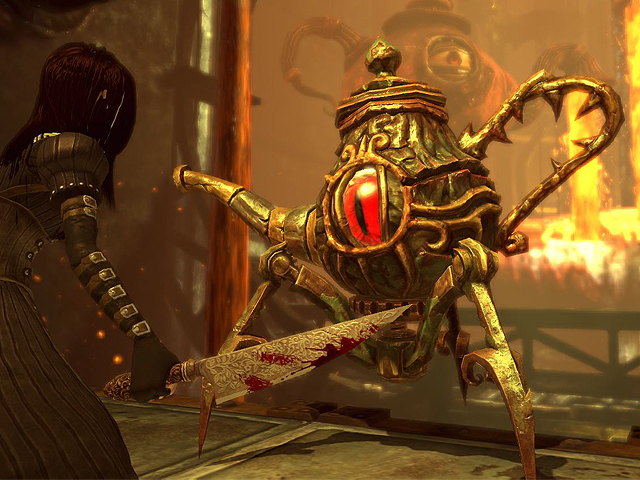
In American McGee’s twisted version of Alice in Wonderland, the Mad Hatter is obsessed with time and clockworks. To that end, he invents all sorts of fantastic contraptions. Unfortunately, he takes his hobby way to far and starts torturing Alice’s friends in a misplaced bid to turn them into automatons. In an ironic twist, the Hatter is eventually torn apart by the very individuals he had victimized. With that, the Hatter’s Domain is taken over by the March Hare and the Dormouse and transformed into an elaborate factory. The factory is powered by dodos who are forced to run in hamster wheels, and oversized tea pots pour molten metal all over the place in an apparent effort to stop Alice. The place is crawling with all sorts of menacing machinations, and the ornately-crafted, spider-legged teapots are especially troubling. Although the Hatter’s Domain could be mistaken for a tea factory, it’s primary purpose was to construct the Infernal Train. The horrifying locomotive is an incarnation of everything that Alice fears, and it’s the source of her growing insanity. The Hatter’s Domain also has an allegorical role, and it reflects the harsh conditions that workers faced during the Industrial Revolution.
4
Grunty Industries
Banjo-Tooie
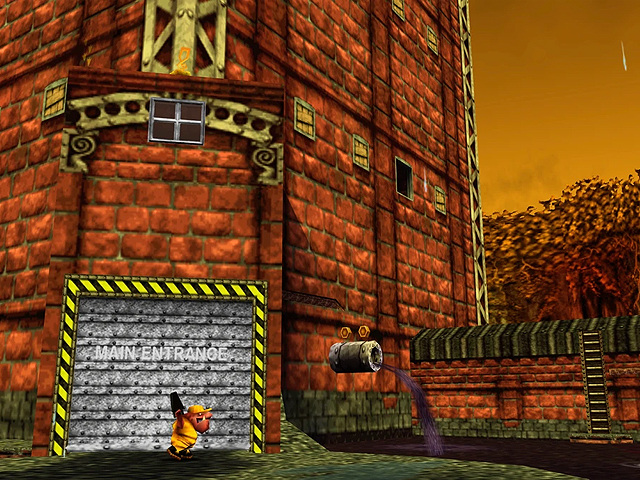
Grunty Industries is a five-story factory that seems to produce nothing but toxic sludge and misery. As Banjo and Kazooie work their way through the grimy structure, they’ll contend with hazardous waste, electrified floors, and a clogged toilet. The worker’s guidelines clearly state that bears are not permitted on the premises, so our heroes also face opposition from hostile factory workers and a killer welding torch. Grunty Industries doesn’t seem like a pleasant place to work, but I’m impressed by how comprehensive the floor plan is. You’ll visit a boiler room, a trash compactor, and a electromatic chamber, and there’s also dedicated rooms for air conditioning and sewage disposal. The factory is large enough to warrant a train station, and there are proper living quarters within the facility. Despite its dreary atmosphere, Grunty Industries is one of the most fully-realized factories in gaming. Banjo and Kazooie cause a great deal of commotion during their visit, but they also help out in some regards. They even transform themselves into a sentient washing machine and lend a hand by laundering coveralls for the workforce.
3
Kremrock Industries
Donkey Kong Country
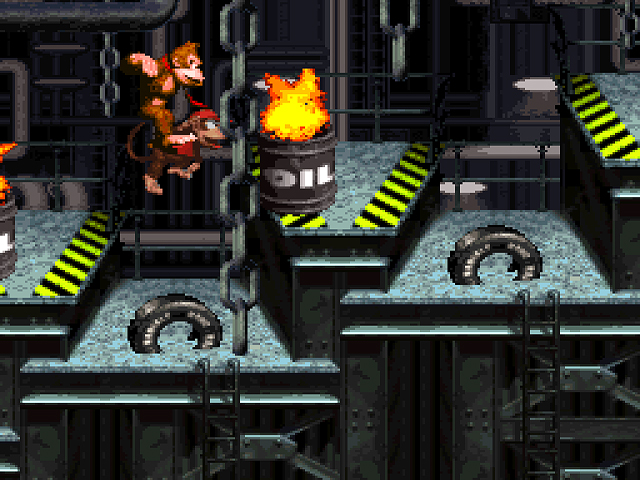
Way back in 1981, Donkey Kong was one of the codifiers of the factory level trope. Its infamous “cement factory” stage featured multiple conveyor belts that affected the movement of both Mario and Donkey Kong. (Incidentally, this stage was omitted from most home console ports due to memory restraints.) Kremrock Industries from Donkey Kong Country is decidedly more complex, as it features numerous stages of industrialized hijinx. The Kongs have to contend with all sorts of mechanical nightmares and depressing scenarios. They’ll ride in minecarts, swim through poisoned lakes, and narrowly avoid death by jumping from one mining elevator to the next. There are open flames everywhere, and blackouts are commonplace. After surviving six stages worth of OSHA violations, the Kongs have to fight a sentient oil drum that wants to kill them for some reason. Before arriving in Kremrock Industries, Donkey Kong Island was largely defined by its natural beauty. There were lush jungles, stunning forests, and pristine bodies of water at every turn, so it’s fair to say that a factory was completely out of place. I’ve always appreciated this juxtaposition, and stepping into Kremrock Industries makes you feel like you’re in enemy territory. Much like the Kremlings themselves, the factory clearly has no place on Donkey Kong Island.
2
RuptureFarms
Oddworld: Abe’s Oddysee
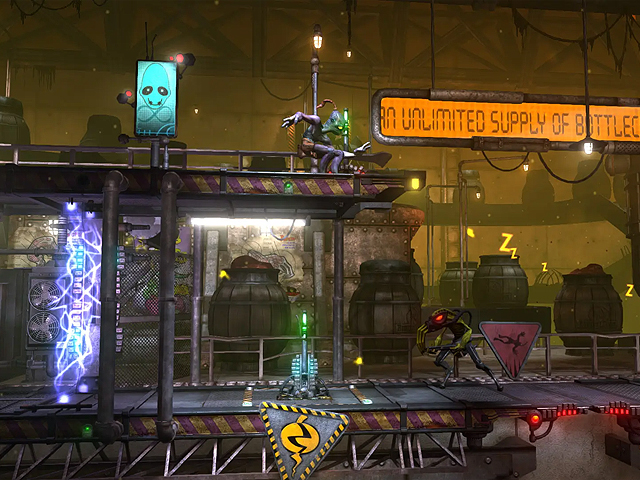
As a species, the Mudokens are rich with history and culture. Unfortunately, many of them are unware of their proud lineage since they were born into captivity. Abe works as a janitor at the RuptureFarms meat processing plant, but his life takes an unexpected turn when he discovers a sinister conspiracy. Due to declining profits (and animal populations), the plant’s owners decide to make a new product… out of Mukodens! Nobody wants to work at the factory, and they certainly wouldn’t want to be made at the factory. The plot is lifted straight out of Soylent Green, and Abe is obviously alarmed when he learns that his species will be harvested for meat. With this newfound knowledge, Abe wisely decides to escape from the factory. The plant has aggressive security measures in place, however, so the hapless Mukoden has to contend with armed guards, killer robots, and an inordinate number of death contraptions. Although Abe eventually reaches the aptly named Free-Zone, he realizes he has a greater calling. To that end, he decides to return to the very same plant he escaped from to rescue his fellow Mukoden slaves and disable the factory once and for all.
1
Star Forge
Knights of the Old Republic
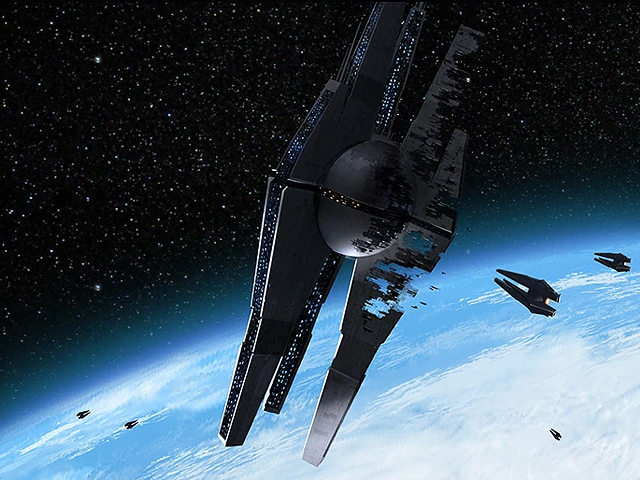
The Star Forge is far and away the most impressive factory on this list. The ancient shipyard was erected five thousand years before the rise of the Galactic Republic, and its mechanisms are largely automated. The Rakatan Infinite Empire used the factory to build the most powerful army in the galaxy, and the Star Forge used a nearby star as its fuel source. This tremendous energy was combined with the power of the Force, allowing for a near-limitless number of ships, droids, and weapons to be produced. The Rakata were a cruel species who relied heavily on slave labor to construct the Star Forge, and this had serious repercussions. Incidentally, the Star Forge began feeding on the negative traits of the Rakata before devolving into a conduit for the dark side of the Force. The Star Forge had a corrupting influence on anyone that used it, and this eventually led to the collapse of the Rakatan Empire. Even without an operational crew, the Star Forge was able to survive for tens of thousands of years in an idling state. It’s a marvel of engineering, but that’s only half the story. Although the Star Forge could be described as a space station or an elaborate factory, it behaves more like a living creature.



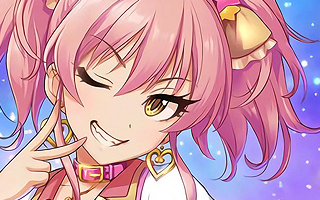
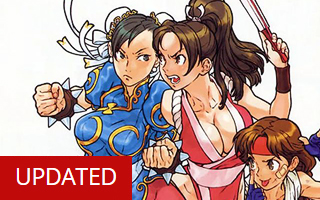
Do you agree with this list? Let us know what you think by leaving a comment below. Your opinion matters!